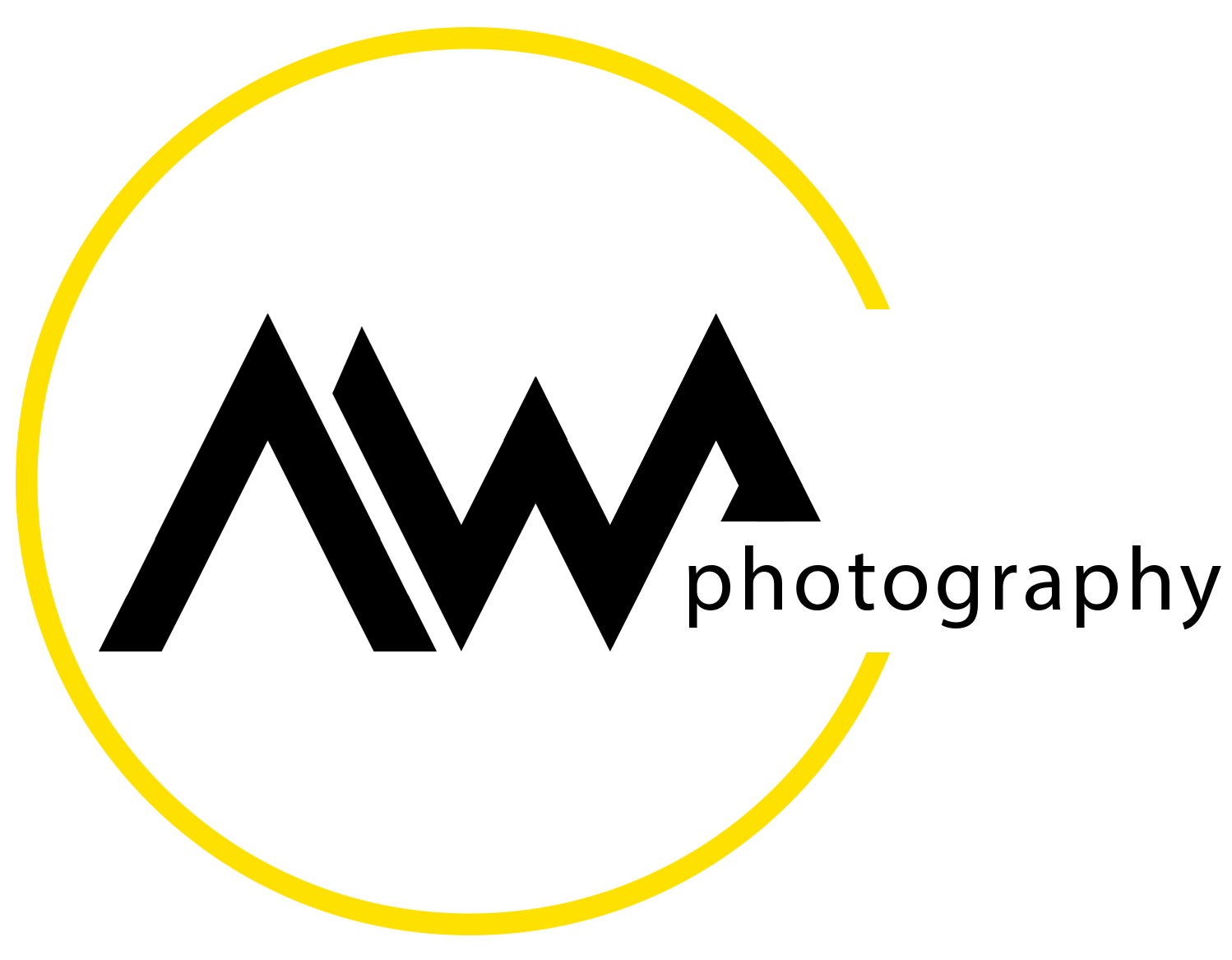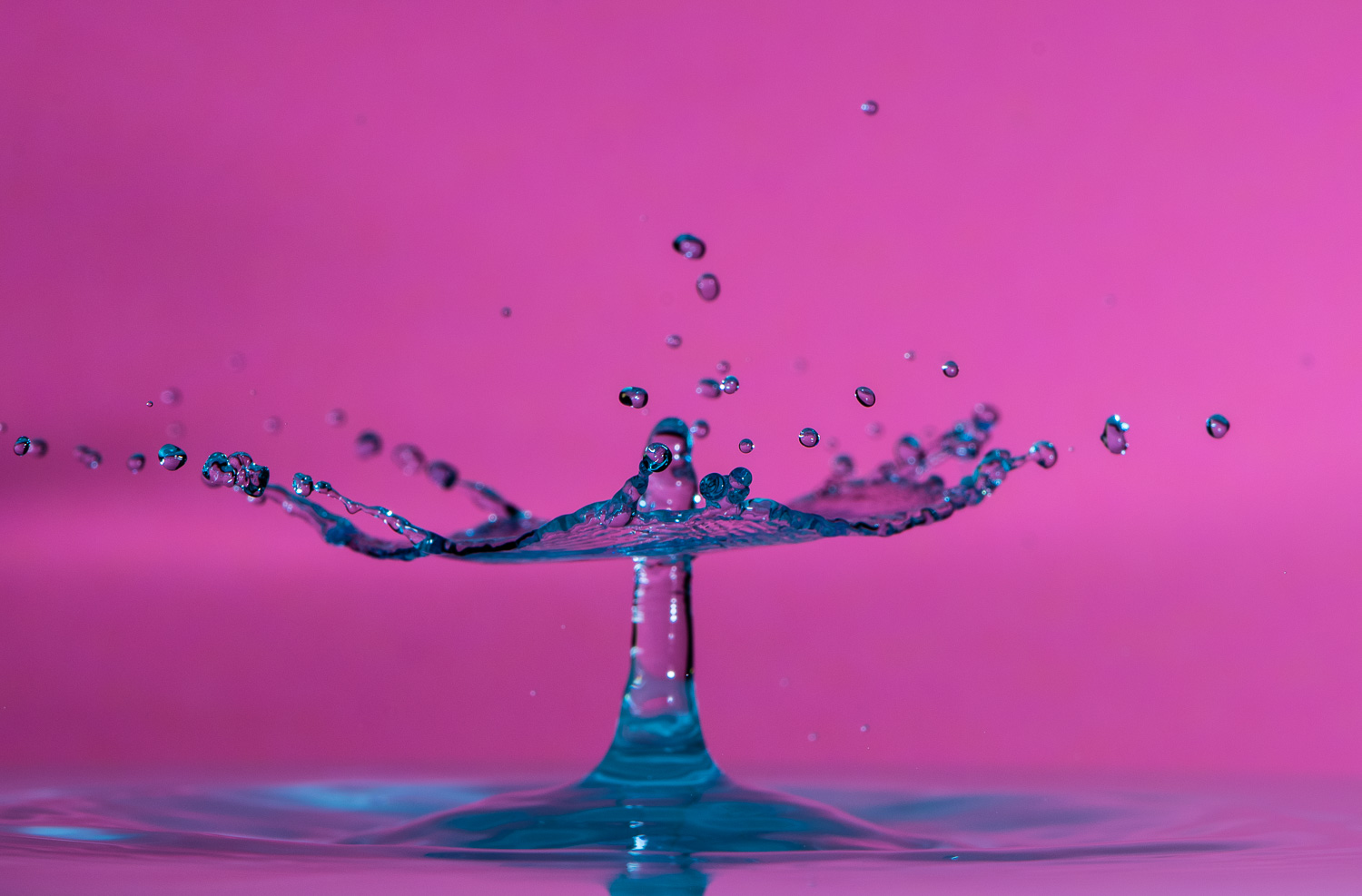Gear Review - SplashArt - Water Drop Collisions on a Budget
/If you have ever thought about getting into the world of high-speed water drop photography, but were put off by the high cost of a trigger system, then this article is for you! Read on…
Plug-and-play system with collisions aplenty
Before getting started, the SplashArt Water Drop Kit (MkII) used in this review is not a demo or a loaner. I bought it for the full retail price from the manufacturer, High Speed Photography, located in the south of England (not far from where I grew up, actually). This trigger kit can be found on the company’s eBay page, here.
I took all of the photographs in this review and they were all taken on the same day that the kit arrived. All of the pictures were captured on a Nikon D7500 (except the ones showing the device, which were shot on an iPhone) with a macro lens (Nikon Micro-Nikkor 85mm f/3.5) and a pair of Godox TT600 speedlights, both controlled by a Godox X-1 T wireless trigger.
A cheap pack of assorted printer paper made for very flexible backdrops
I decided to give the SplashArt MkII a try after my original high-speed trigger made the transition from unreliable to completely dead. Unlike my older setup, this device is very reasonably priced, coming in at only $263 (which included expedited shipping). If you have looked around for a device like this, you will realize just how competitive that price is.
The package arrived on the promised day, thanks to DHL, which remains far and away the most reliable of the international shipping outfits. Unlike my last two packages from UPS, which both looked like they had been kicked all the way to my house, this carton was unblemished and looked like it might have been flown over in its very own jumbo jet. I am particular about how photographic gear should be packaged for shipping (ever since my D850 arrived in a huge box with not a scrap of padding), and High Speed Photography knows how to do it right.
Experimenting with camera angles
As I unwrapped my SplashArt kit, I was struck by the care and precision with which each component was packed. I get the feeling that High Speed Photography is not a huge company as my kit had clearly not been packed by a team of synchronized wrapping robots. On the contrary, every piece of equipment had been wrapped carefully, and by a human being who obviously took pride in what they were doing. Nothing was broken and everything was there.
The box contained everything I would need for photographing water drop collisions, including a sturdy 60cm metal stand and a cross beam, with all the clamps and connecters needed to suspend the tank and solenoid drop generator. The tank, actually a Mariotte constant pressure siphon, and the drop generator come fully assembled and ready to mount on the cross beam. The siphon is made of a heavy duty plastic material and has an airtight seal. It is connected to the solenoid with high quality brass fittings and hardware (be aware that the thread-type, BSPP, is a British standard, so replacement parts may need to be specially ordered). The solenoid is an authentic Shako PU220 Valve, without question the most accurate and reliable valve available. The nozzle is also made of brass, and sealed with a long-lasting bonded washer.
It took about three minutes to assemble the components, as shown above. Note that the clamp, seen holding the base to my table in the last picture, does not come with the kit. It might not even be necessary, but I was planning on using a large bowl to catch the drops and, when the tank was full and the cross beam fully extended, I was afraid it could tip over.
The tank and solenoid are connected to the cross beam with a small ball head connector. This was a very clever idea as it allows the nozzle to be positioned accurately, in the vertical position, to avoid lopsided drop collisions.
The brains of the device
The controller could not be easier to set up, or to use. The control box is small, very light, and without any markings, except for a logo label on the front. It’s a minor matter, I suppose, but I would have liked to see the various jacks and buttons labelled. It was probably thought to be unnecessary as the three cables will each only fit in the correct jack, but still. Likewise, the knobs should be labelled with their functions and it would be very helpful to have numbered dials around each of them. Each knob controls one parameter: first drop size, drop interval, second drop size, and camera shutter delay. As I played around with each parameter, I was able to significantly change the character of the collisions. But, with no dials around the knobs, a specific group of settings was very difficult to duplicate without a lot of trial and error.
I am actually going to order a set of adhesive dials, one for each knob, so that I can keep track of the specific setting combinations that I like. One other “feature” of the control box that was momentarily confusing, and which gave the unit a slightly homemade feel, was the non-functional battery bay in the base.
The device is powered by a country-specific transformer that plugs into a regular 110V outlet. There are three other cables included with the kit. The first is a camera-specific shutter release cable that plugs into the second, an extension cable, connecting the control box to the camera. The last cable connects the solenoid plug directly to the control box. Now all you have to do is turn on your camera and speedlight(s), fill the siphon with liquid, and start shooting water drop collisions.
Click on any of the above images to see the collision at full size!
As you can see, the SplashArt Water Drop Kit, MkII does what it claims to do. But it is not perfect. Here are the things I like and the things I don’t…
What I like about the SplashArt Mark II…
Great price
Solidly built
Best solenoid valve you can get
Built-in pressure regulator (Mariotte Siphon)
Clear and detailed instructions with plenty of tips and tricks
Quick shipping and professional packaging
Easy to set up and easy to use
Company owner (Mr. Joe Dyer, I believe) is easy to reach and quick to answer questions
What could be better…
Control box is not as sturdy as the rest of the kit - a metal box would be welcome
No dials on control knobs - my only serious issue with the design, but easy enough to work around
Control knobs not labeled - not a big deal but may confuse first time users
The Bottom Line
The SplashArt Water Drop Kit is a fully functional, ready to use, high-speed water drop controller and camera trigger. It is very reasonably priced and performs as well, or better, than devices costing much more. It is very simple to use and a first-timer will be able to get stunning images within minutes of plugging it in. The company is responsive and easy to work with (no surprise - they are English).
There has never been a better, nor more affordable, way to get into water drop photography. If I gave out stars with my reviews, this solid piece of gear would get five out of five.
But I don’t.





















